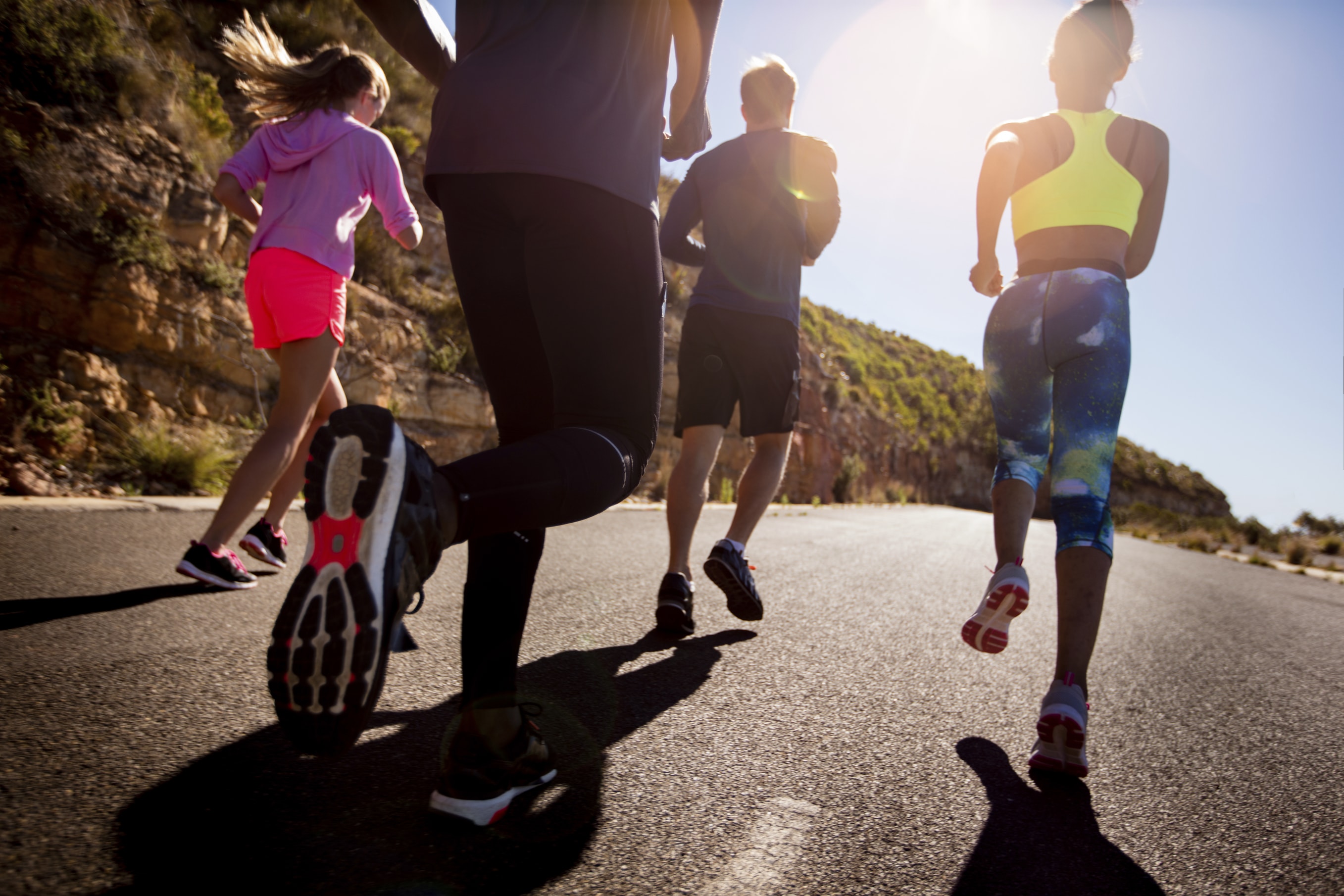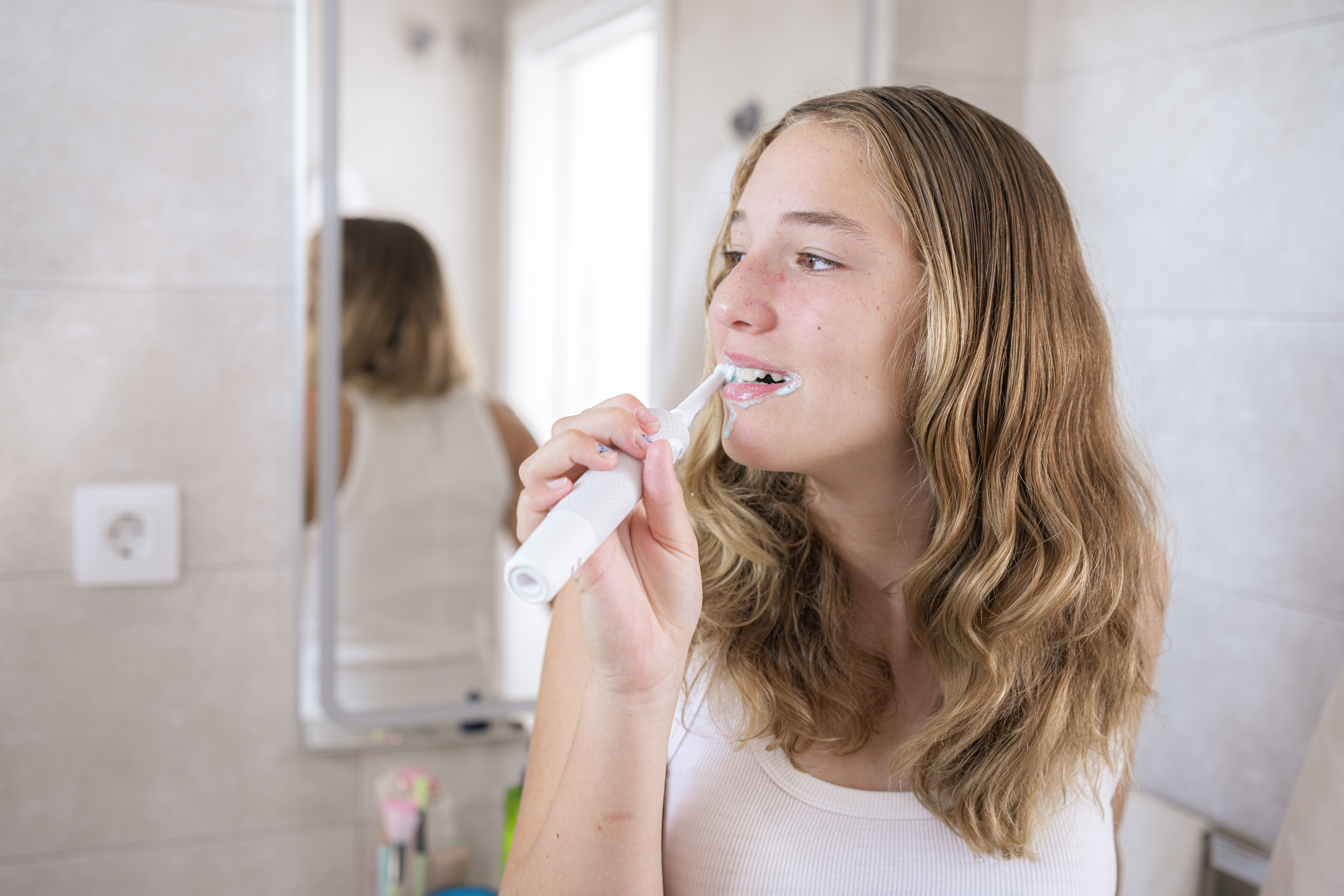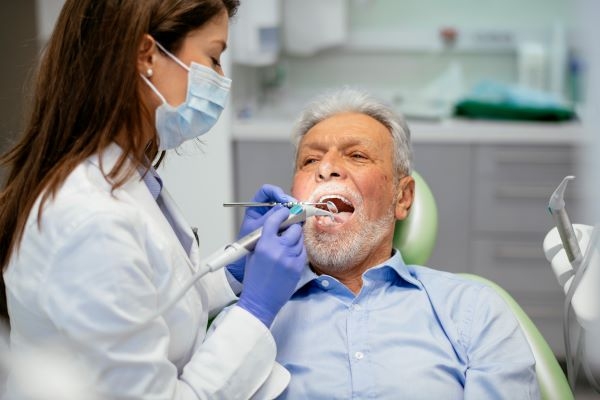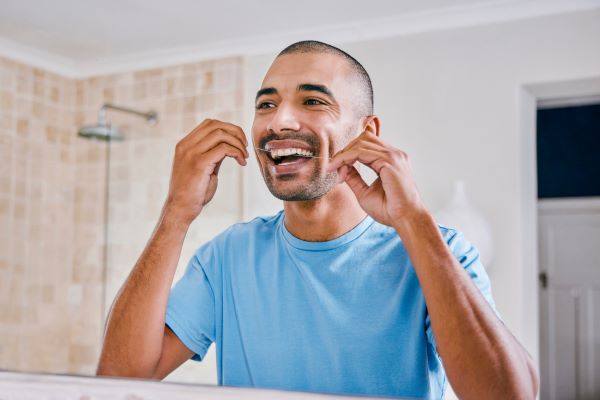-
Arthritis that is not managed well is a constant source of pain. It affects many joints of the body but is most problematic in the joints that bear weight—that is our feet and ankles, knees, hips and spine.
Recent scientific research in the field of arthritis and footwear indicates that shoes affect joint loading. To understand how this may work, consider the impact forces of walking (x1.5 body weight), running (x3-4 body weight) and jumping (x6 body weight).
This means that a person weighing 80kg will exert more than 120kg of force walking, and this increases to almost 500kg of force when jumping!
So it makes sense that a cushioned, well-fitted shoe is a great way to help protect the arthritic joint and reduce pain.
Here is some advice on choosing the right shoe when you suffer from joint pain and arthritis.
Tips for choosing the right shoes
- Know your foot shape before purchasing shoes. Are the arches of your feet high, average or flat?
- Look for cushioning. Once the correct shoe shape is chosen, look for features that offer cushioning. Most exercise shoes have a variety of foams, rubbers, gels and air that offer cushioning. Seek advice from a health professional on what is the best shoe for your needs.
- Carefully consider work and casual shoes. If selecting work and causal footwear for arthritic joints, men should look for shoes with midsole cushioning such as vibram or open cell EVA rubber with a softer outsole. Hard-leather outsoles should be reserved as dress shoes. Women with arthritis at the big toe joint, knee, hip and spine should avoid high heels as it changes the joint angles and compresses the arthritic joints.
- Exercise shoes should be light in weight and matched to body weight. A person who weighs 100kg requires different features in an exercise shoe than someone who weighs 65kg.
- Track the life of your shoes. The life of an exercise shoe is proportional to body weight. Some models only have a life of 300km others 1000km, so get professional advice on shoe suitability.
- Choose training surfaces carefully. Suffers of ankle, knee and back arthritis need to avoid road running to preserve joints. Those with hip and knee arthritis should avoid multi-directional exercise that requires a lot of twisting and turning. Arthritic foot conditions do better with walking, cycling and swimming.
There are many self-help management strategies that will assist the arthritic joint. The key message is that a shoe with thick, cushioning midsoles that is properly fitted to the foot will help reduce impact loads.
Read more on choosing the right shoes at shoebuddy.com.au or visit my website.
How the right shoes can keep you moving

-
Do you need an electric toothbrush?
Which toothbrush scrubs up best?
-
Dietitian, nutritionist or naturopath: What’s the difference?
Who should you see for professional dietary advice?
-
5 ways to eat healthy while travelling
Come home feeling refreshed, fit and energised.
-
How often should you get your teeth cleaned?
We spoke to Medibank Members’ Choice Advantage dentist Dr Jonathan Cichero to find out.
-
Daily habits for good oral health
Do you really need to floss? Is an electric toothbrush better than a manual one? Find out which habits to make (and which ones to break) for better oral health.
-
How to conquer your fear of the dentist
Dr Merrilyn Hooley's tips for a less stressful dental appointment.
Subscribe to receive the best from Live Better every week. Healthy recipes, exercise tips and activities, offers and promotions – everything to help you eat, move and feel better.
By clicking sign up I understand and agree to Medibank's privacy policy





